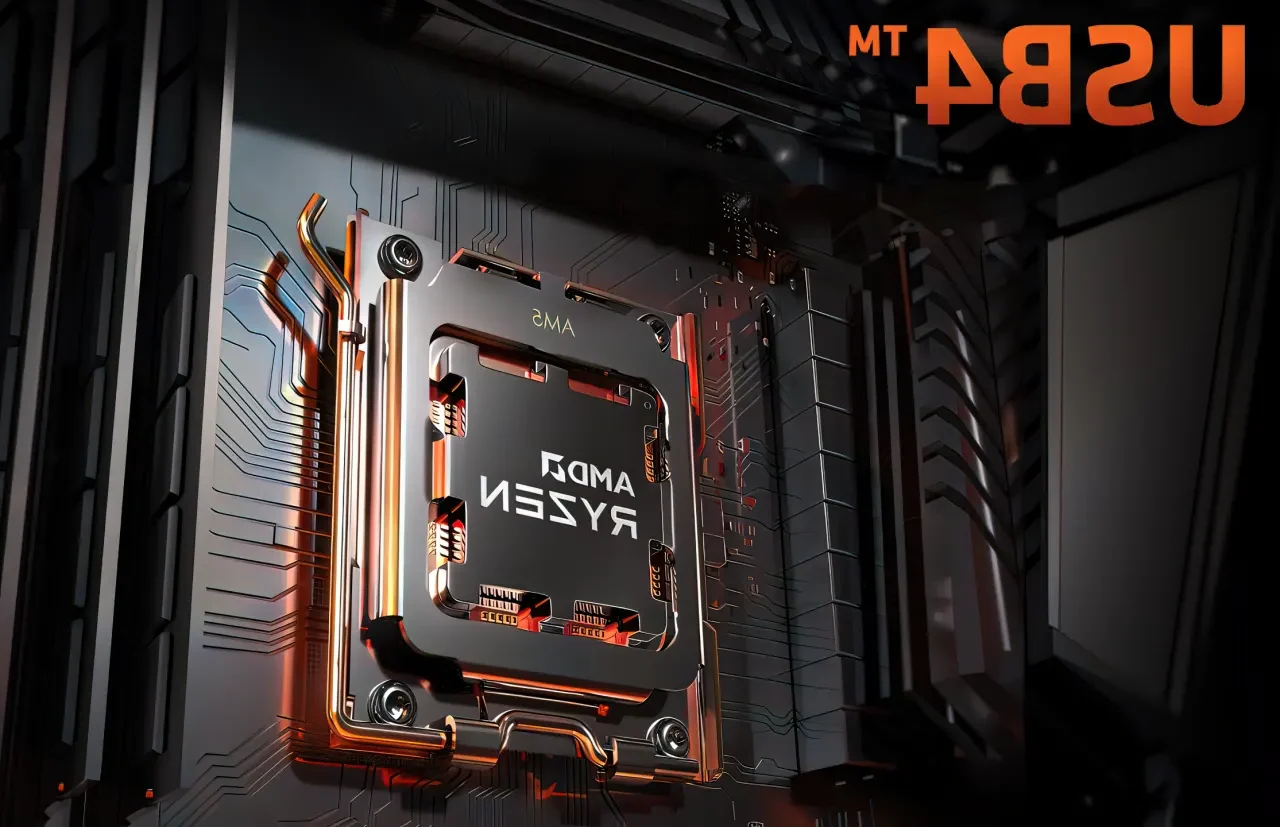The upcoming generation of AMD’s AM5 motherboards is poised to revolutionize the computing landscape with the integration of cutting-edge USB4 technology. AMD’s CEO, Lisa Su, recently embarked on a significant visit to Taiwan, where she met with Asmedia, a renowned manufacturer of motherboard chipsets and USB controllers. This encounter signals AMD’s commitment to enhancing user experiences by incorporating USB4 support, a feature that has been eagerly awaited by tech enthusiasts worldwide.
The Leadership in USB4 Technology
Lisa Su’s meeting with Asmedia holds paramount importance for AMD’s future roadmap, given Asmedia’s reputation as a market leader in implementing USB4 technology. With a staggering data transfer rate of 40Gbps, USB4 promises to unlock unparalleled speeds and efficiency for users. Moreover, Asmedia has already secured the prestigious certification from USB-IF, the association responsible for defining and regulating USB standards worldwide.
USB4 Support for AM5 Generation Motherboards
Enthusiasts can look forward to an imminent announcement regarding the inclusion of USB4 support on the latest AM5 socket motherboards. AMD’s dedication to innovation is evident, as the revelation is anticipated to coincide with the launch of the highly anticipated Ryzen 8000 Series processors. While the exact timing remains a mystery, the impending release of USB4-enabled AM5 motherboards promises an exciting leap forward in performance and connectivity.
AMD’s Competitive Edge and Progress
In the realm of USB4 technology, AMD has been striving to keep pace with its competitors. While Intel had already integrated USB4 support into their Gen 11 processor lineup, AMD has been working diligently to bring native USB4 support to their AM5 generation motherboards. This forward-looking approach underscores AMD’s commitment to delivering state-of-the-art solutions that cater to the evolving needs of users.
The Quest for USB4-Equipped AM5 Motherboards
With USB4’s superior capabilities, users can expect a transformative computing experience. However, at present, acquiring an AM5 motherboard equipped with USB4 support may require a higher budget. These feature-rich motherboards, predominantly found in the high-end segment, are still relatively scarce. Nonetheless, as demand increases and technology matures, more accessible options are likely to emerge, making the integration of USB4 technology a reality for a broader user base.
Conclusion
The integration of USB4 technology into AMD’s AM5 motherboards represents a significant leap forward for the computing industry. As Lisa Su’s visit to Asmedia indicates, AMD is committed to pushing boundaries and embracing cutting-edge solutions to provide users with a seamless and enhanced computing experience. With the promise of faster data transfer rates and increased efficiency, the arrival of USB4 on AM5 motherboards is poised to revolutionize the way we interact with our devices, ultimately propelling the industry into a new era of technological prowess.

